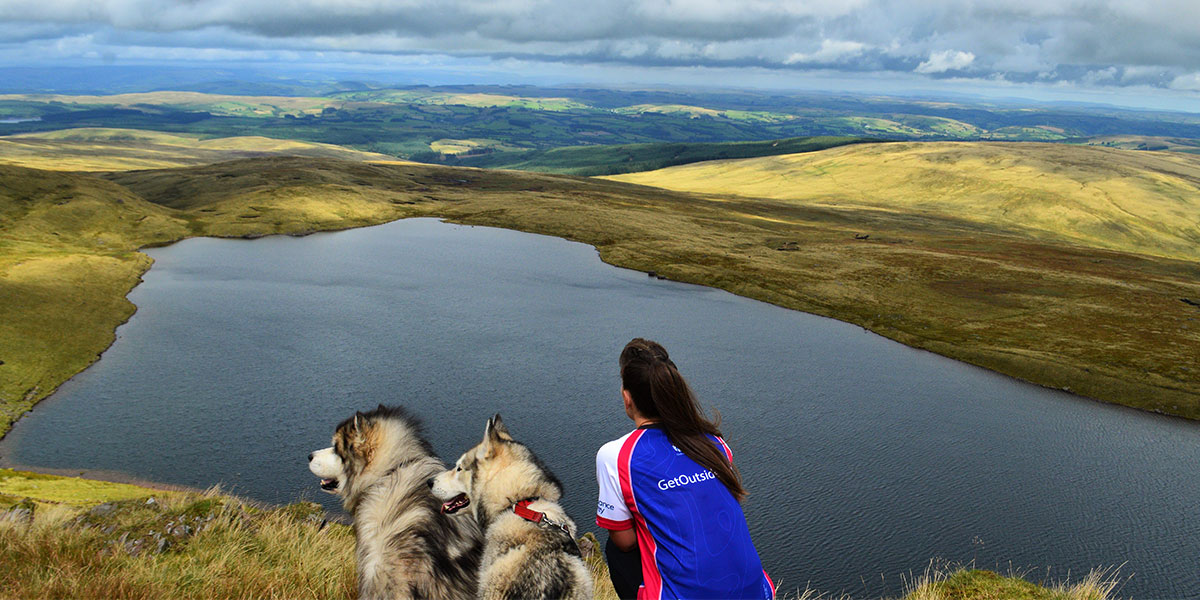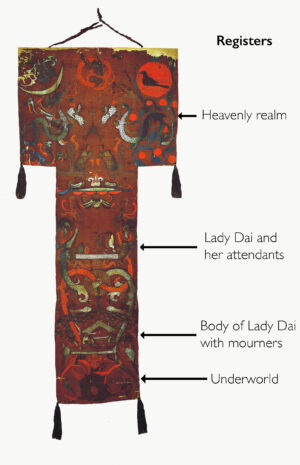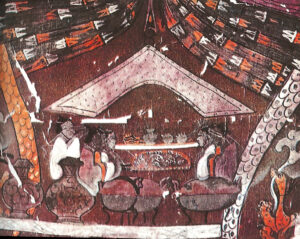 |
| https://www.legendsofwales.com/home/twrch-trwyth/ |
The Twrch Trwych––a magical boar of great size and superhero strength––has fascinated me for years. Anyone who has seen a boar burst out of woodland cover and race across a forest path, snorting and steaming, the sharpness of his tusks catching the light, will know that the non-magical variety of boar is impressive enough. But this boar shoots silver spears from his bristles and is accompanied by his seven sons, all piglets with a nasty streak.
His is a tale within in myth, and one of the first tales of King Arthur. A story of courage to the death, in the quest for some barber's equipment. In the story, the names of all the earliest knights of Arthur are set down, and many places in Wales are named. The myth has been called an 'onomastic tale', which is the study of the origin of place names. In Welsh myth, naming places in a hunt or journey is often linked to key episodes within the tale. But it's just as possible that the story inspired the place-names themselves. In their wonderful book about the Trwych's journey, Hunting the Wild Magalith, Bowan and Pritchard say...replace the word 'story' with 'place'...in the animist past, the land is a story book, places are narrative, and the high ground is the home of heroes and gods.
Although the story wasn't set down in writing until the 14th century (in two manuscripts, the Red Book of Hergest, and the White Book of Rhydderch which is held in the National Library of Wales) it may be far older, part of ancient storytelling. We find it in the very complicated tale of Culhwch and Olwen. Long before we meet the boar, at the start of the tale, Culhwch, a cousin of Arthur's, asks the great king for help; he's helplessly in love with Olwen, but Ysbaddaden, her father, is evil, possessive, and, worse, gigantic. The first thing Arthur does is sit Culhwch down and, with his very own golden comb and ‘shears with hoops of silver’, makes him presentable for the pursuit of love. It's clear that being clean shaven, well combed and generally tidy in appearance has great importance to the people in the tale, and across the Welsh myths, pigs and boars are also important. The compelling part of this story is that it combines both elements.
Culhwch achieves a series of impossible tasks thanks to Arthur and his war band, and wins the hand of his love. But Ysbaddaden insists he must be shaved properly before the wedding can take place, and this can only be done with the magical comb, scissors and razor that are entangled between the ears of the Twrch Trwyth.
It's possible that the story of this boar is actually another tale entirely, as the Twrch Trwyth was an Irish king magically transformed for his wickedness. Being turned into an animal because you've been bad crops up a lot in the ancient Welsh stories.
Arthur, Culhwch and the knights sail to Ireland and fight the Trwyth. Very soon he and his sons have escaped, leaving the dead and wounded behind, and swum the Irish Sea, to execute his revenge by ravaging towns, villages and crops across the land of Cymru.

The monstrous pigs land at St David's head, now famous for the cathedral dedicated to the saint, and the well and shrine to his mother, Saint Non. Dolmen (passage graves called called Cromech in Welsh), litter this landscape, Carn Llidi being the closest to the boars' route. The Twrch charged furiously down towards Deu Gleddau, an ancient ford on the massive Cleddau river where there is a Bronze Age settlement and an earlier tomb, Carn Turne.
The Twrch Trwyth's route next takes him upstream to Carn Goedog, identified as a major source for the spotted dolerites at Stonehenge So these two confirmed bluestone quarries, Craig Rhos-y-felin and Carn Goedog, both have the appearance of a resting or hiding giant boar, it seems very likely that these rocky outcrops disguised as giant boars hiding in the Preseli landscape inspired the gigantic size of the boar. The text of Culhwch doesn't mention these sites but the boar must at least pass close by them on his way from the Nevern to Cwm Cerwyn.
Then south again, down the Afon Brynberian for a couple of miles, passing through two remarkable sites on either flank, as if through a gateway. One of these sites is the world famous bluestone cromlech Pentre Ifan, the other has been, up until relatively recent times, almost completely overlooked. It is a (stoneless) neolithic henge known as Castell Mawr.
So the route of the Twrch Trwyth through the Preseli Hills begins by him passing through two neolithic monuments, one circular, one with a huge capstone. Both these monuments have in recent times been identified by archaeologist prof. Mike Parker Pearson as being key to understanding the circular dimensions and architectural structures at Stonehenge. (See this blogpost for more info).
The chase goes right through St Clears, where The Twrch killed four champions including Gwrydre, Arthur's son, who was trampled to death.
At the border of Ammanford and the village of Penybanc is a metal sculpture symbolising the Twrch Trwyth and two of his company; while in Cwmamman itself, Ysgol y Bedol school displays a splendid sculpture commemorating the community's history, including its mythology. The Twrch is depicted fighting a warrior and his dogs in what has become part of the village's treasures .
 |
| Ammanford |
Another legend depicts King Arthur himself as a Giant crossing over the Amman Valley. At the place on the Betws Mountain above Brunant Farm where he stopped to empty his shoe, there is a large flat rock, known by some as "Y Garreg Fawr" (Big Rock) and to others as "Arthurs Stone"
The magical boars began to run rings around the war band, going from Ammaford up into the black mountains, skirting Carreg Cennin Castle above the pretty village of Trap and finally to the lovely Llyn Fan Fawr (Welsh for 'great lake (near) the peak').
 | |
Llyn y Fan Fawr
|
So Cuhlwch outwits the giant Ysbaddaden, and presents him with the tools to be shaved for the wedding.
I've found there is great fun and fascinating revelations in trying to trace their devastating path, as all along it, are Neolithic and Bronze Age sites, including stone circles and graves.
 |
| The magical boar can still be seen... |


















